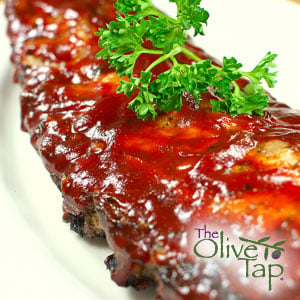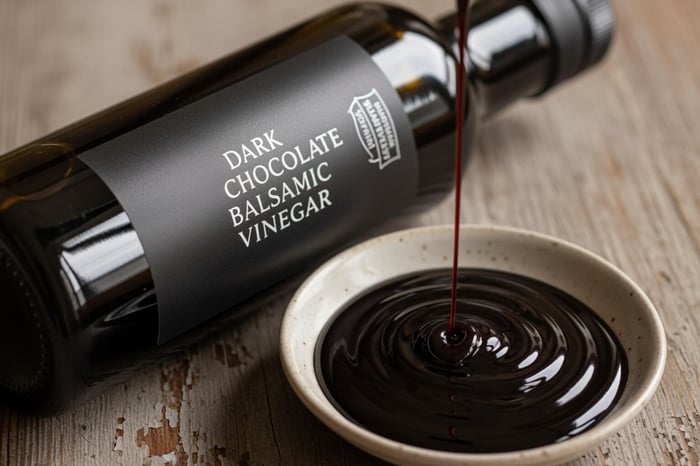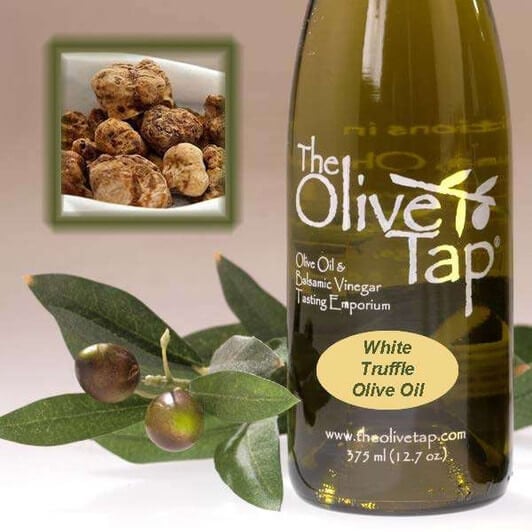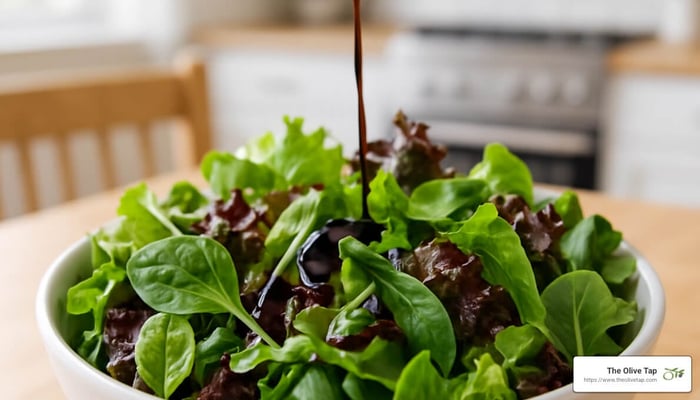Our Blog
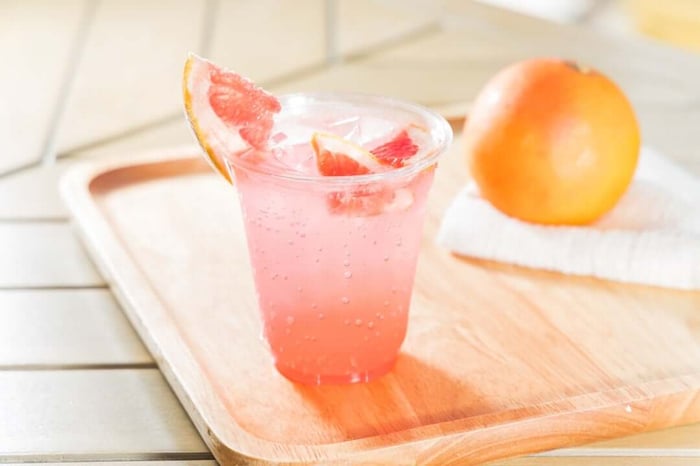
Sweet Meets Sour—Understanding the Sweet and Tangy Taste
The Irresistible Allure of Sweet and Tangy
The sweet and tangy flavor profile is one of cooking's most beloved combinations, perfectly balancing the richness of sweetness with the brightness of acidity. Here's what makes this taste so special:
Key Characteristics:
- Sweet elements: Brown sugar, honey, molasses, fresh fruits
- Tangy elements: Vinegar, citrus, tomatoes
- Perfect balance: Neither flavor overpowers the other
- Universal appeal: Works across cuisines and cooking methods
This magical flavor pairing transforms ordinary dishes into memorable meals. From barbecue sauces that make your taste buds sing to glazes that turn simple grilled chicken into restaurant-quality fare, sweet and tangy combinations create depth and complexity that keeps you coming back for more.
The secret lies in how these opposing flavors complement each other. Sweetness rounds out harsh acidic edges, while tanginess prevents sugary flavors from becoming cloying. This balance creates what food scientists call "flavor harmony" - where individual tastes work together to create something greater than the sum of their parts.
Our collection of Balsamic Vinegars offers the perfect foundation for creating your own sweet and tangy masterpieces. These aged vinegars naturally contain both sweet and acidic notes, making them ideal for everything from marinades to finishing glazes.
Whether you're brushing sauce on ribs, tossing a salad, or creating a glaze for roasted vegetables, understanding how to harness the power of sweet and tangy flavors will lift your home cooking to new heights.
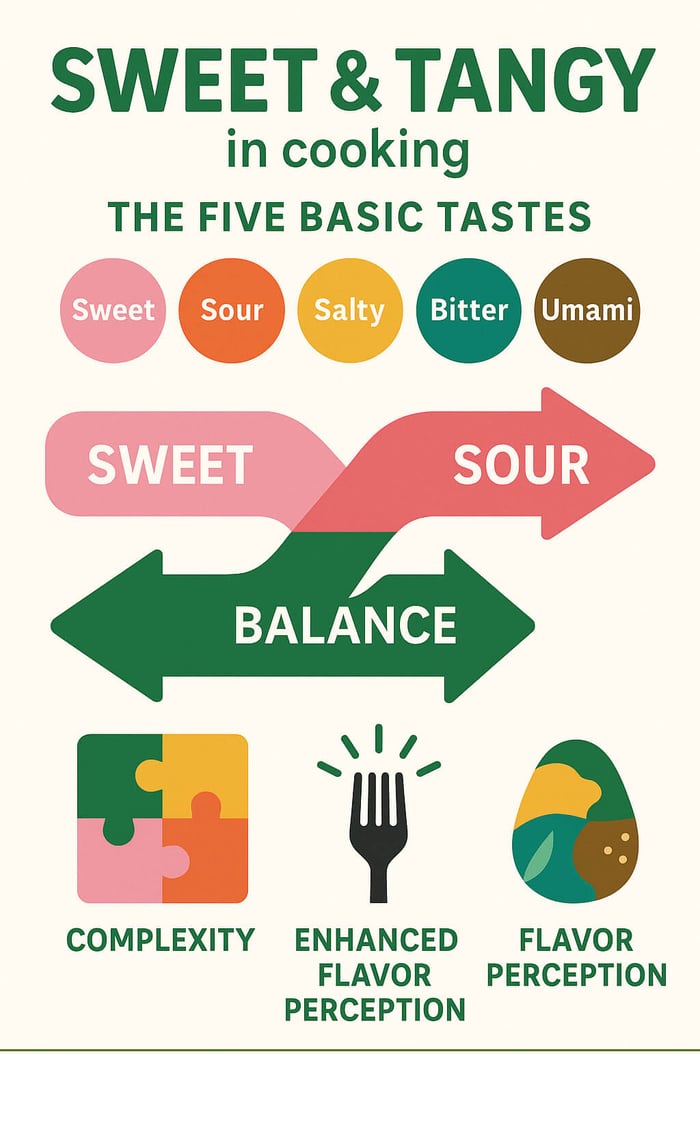
The Core of Sweet and Tangy Flavors
This section will dig into the components that create this beloved flavor combination, exploring the key ingredients, the science behind the taste, and its surprising historical roots.
The Building Blocks: Key Sweet and Tangy Ingredients
Creating the perfect sweet and tangy balance starts with understanding your ingredient toolkit. Think of it like assembling a flavor orchestra - each ingredient plays its own unique part in the symphony.
The sweet players bring richness and warmth to your dishes. Brown sugar offers deep, molasses-kissed notes that work beautifully in barbecue sauces. Honey adds floral complexity that can't be replicated with regular sugar. For those seeking bold depth, molasses delivers an almost smoky sweetness that transforms ordinary sauces into something special.
Fresh fruit takes sweetness to another level entirely. Peaches bring juicy, mellow sweetness that practically screams summer barbecue. Cherries, especially the dark varieties, contribute a gorgeous ruby color along with their tart-sweet flavor - perfect for glazes that make your guests ask for the recipe.
On the tangy side, Apple Cider Vinegar provides crisp, fruity acidity without the harsh bite of white vinegar. Citrus fruits like lemon and lime offer bright, zesty notes that can wake up any dish. Tomato paste might surprise you - it's not just for thickness, but adds savory umami depth alongside its natural acidity.
Here's where our Balsamic Vinegars really shine. These aged beauties naturally contain both sweet and tangy notes, making them perfect shortcuts to flavor complexity. A good balsamic does the heavy lifting for you, combining centuries-old craftsmanship with the convenience modern cooks need.
Don't forget the supporting cast of spices. Smoked Paprika adds warmth and depth without needing actual smoke. If you like heat, try our Hot Smoked Spanish Paprika. These seasonings round out your sweet and tangy profile, adding layers that keep people guessing what makes your sauce so irresistible.
The Science of Balance and Flavor Perception
Ever wonder why sweet and tangy combinations make your mouth water? There's actual science behind this culinary magic, and understanding it will make you a better cook.
Your taste buds can detect five basic tastes: sweet, sour, salty, bitter, and umami. The genius of sweet and tangy lies in how sweetness and acidity work together on your palate. They don't just coexist - they actually make each other better.
Acidity does something fascinating - it makes your mouth water, literally preparing your taste buds for the next bite. That's why a splash of vinegar or squeeze of lemon makes food more appetizing. The tang brightens sweetness, preventing those cloying, one-note flavors that can make you reach for water.
Meanwhile, sweetness cuts through tang, smoothing out harsh acidic edges that might otherwise make you pucker. Think about how honey mellows sharp vinegar in a salad dressing, or how brown sugar transforms tart tomatoes into barbecue sauce gold.
This isn't just about taste balance - it's about creating complexity that keeps your palate interested. When perfectly balanced, sweet and tangy elements create what food scientists call "flavor harmony." Each bite reveals new layers, making the eating experience more satisfying.
The mouthfeel matters too. A well-crafted sweet and tangy sauce has pleasant viscosity and a clean finish. Add some savory notes from ingredients like Worcestershire or garlic, and you've got a sauce that hits multiple taste receptors at once. No wonder this combination is so addictive!
A Taste of History: Regional Origins
The love affair with sweet and tangy flavors runs deep in American culinary history, with roots that might surprise you. While this flavor combination appears in cuisines worldwide, the American South created a particularly rich tradition around it.
Here's a fun fact that catches most people off guard: vinegar and pepper style BBQ sauce originated in South Carolina, brought over by the Scottish. Source: Southern Living, "The History of Barbecue Sauce" These Scottish settlers adapted their culinary traditions to local ingredients, creating the foundation for what would become America's diverse barbecue sauce landscape.
This early vinegar-based style laid the groundwork for countless regional variations that followed. Each area developed its own interpretation of the sweet and tangy profile, influenced by local tastes and available ingredients. Kansas City accepted thick, tomato-heavy sweetness balanced with vinegar tang. North Carolina split into distinct camps - Eastern style with vinegar and pepper, or Lexington style adding tomato to the mix.
What's remarkable is how this basic concept of balancing sweetness and acidity spread beyond American BBQ sauce history. The principle appears in global cuisines everywhere - from Asian sweet and sour dishes that combine soy sauce, vinegar, and sugar, to Mediterranean glazes that marry honey with citrus.
This universal appeal speaks to something fundamental about how we experience flavor. The sweet and tangy combination satisfies multiple taste receptors simultaneously, creating the kind of complex, layered experience that transcends cultural boundaries. It's no wonder this flavor profile has such staying power - it's practically hardwired into what makes food delicious.
Bringing Sweet and Tangy to Your Kitchen
Ready to transform your home cooking with the magic of sweet and tangy flavors? You'll be amazed at how this versatile flavor profile can turn everyday meals into something truly special. Let's explore the practical ways you can master this delicious combination in your own kitchen.
Delicious Applications for Sweet and Tangy Flavors
The wonderful thing about sweet and tangy sauces is their incredible adaptability. While they're absolutely divine on barbecue ribs, that's just the beginning of what these flavor-packed creations can do for your cooking.
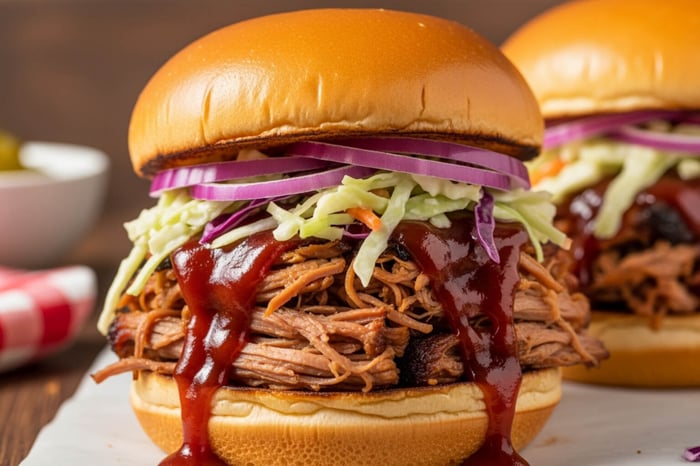
See Our Slow Cooker Pulled Pork Recipe
Grilling becomes an entirely new experience when you have a good sweet and tangy sauce on hand. Picture tender pulled pork sandwiches glistening with homemade sauce, or chicken drumsticks that practically fall off the bone. But don't stop at the usual suspects - this flavor combination works beautifully with salmon, where the bright acidity cuts through the fish's natural richness. Even your vegetable game gets an upgrade when you brush grilled zucchini, bell peppers, or portobello mushrooms with a sweet and tangy glaze.
Beyond the grill, these sauces shine as marinades, slowly infusing meats with flavor while helping to tenderize tougher cuts. They make fantastic dipping sauces for everything from sweet potato fries to crispy chicken tenders. Thin out your sauce with a splash of olive oil and vinegar, and you've got a salad dressing that'll make you forget about store-bought bottles forever.
Here's where things get really interesting: try using your sweet and tangy creation as a stir-fry base. Add some fresh ginger and a drizzle from The Olive Tap's Flavored Olive Oils collection, and you'll have an Asian-inspired dish that rivals your favorite takeout. You can even use it as a sandwich spread - trust us, your burgers will never be the same.
How to Make and Customize Your Own Sweet and Tangy Sauce
There's something deeply satisfying about creating your own sweet and tangy masterpiece from scratch. Not only do you control every single ingredient that goes into your sauce, but you also avoid all those mysterious preservatives and artificial flavors that sneak into commercial versions.
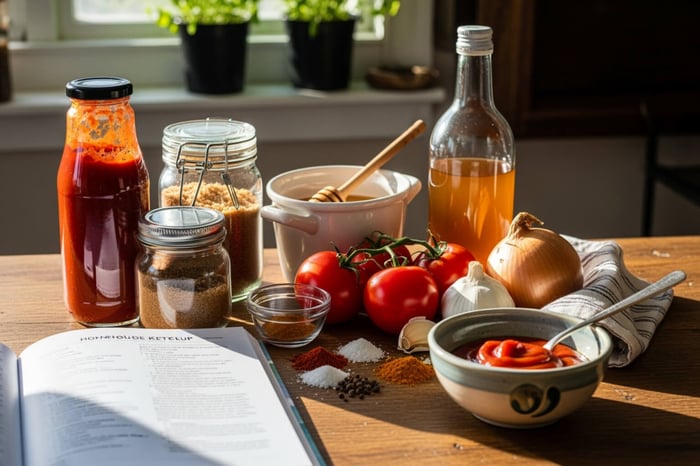
Starting your sauce is surprisingly simple. Begin with a foundation of ketchup and tomato paste for body, then add brown sugar and honey for that essential sweetness. Apple cider vinegar provides the tangy punch that makes everything sing. A splash of Worcestershire sauce adds depth, while a touch of molasses creates that rich, complex sweetness that separates great sauces from good ones.
Now comes the fun part - making it uniquely yours. Want some heat? A dash of hot sauce or finely diced jalapeños will do the trick. Craving smokiness? Smoked paprika is your secret weapon, delivering that campfire essence without any artificial smoke flavoring. Looking for something special? This is where premium Balsamic Vinegars really shine, adding sophisticated fruit notes that you simply can't get from regular vinegar.
Fresh fruit takes sweet and tangy sauces to another level entirely. A cherry balsamic barbecue sauce combines fresh cherries with balsamic vinegar and brown sugar for a vibrant, restaurant-quality result that's perfect on roasted chicken or ribs. Peach BBQ sauce brings summer to your plate with fresh diced peaches, apple cider vinegar, and a hint of Dijon mustard. Some adventurous cooks even add a splash of bourbon for sophistication or a jalapeño for excitement.
The cooking process is straightforward: bring everything to a boil, then let it simmer for 15-20 minutes until it reaches your desired thickness. For silky smoothness, blend it up with an immersion blender. But here's the most important step - taste and adjust. Your palate is the final judge, so add more brown sugar for sweetness, extra vinegar for tang, or another dash of spice until it's exactly right.
Of course, we have a few of our very own Sauce Recipes to enjoy with your savored Olive Tap brand products! To see our line-up of sauces, even beyond "sweet and tangy" sauces, simply type sauces in our Recipe Site Search Bar.
- Pineapple Pomegranate Barbeque Sauce (pictured below)
- Peach Balsamic Barbeque Sauce
- Duck or Chicken Breasts with Bordeaux Cherry Balsamic Sauce
- Mario's Dark Chocolate Steak Sauce
- Beef Tenderloin with Cranberry Wine Sauce
Proper Storage for Homemade Sauces
You've created something delicious, and now you want to savor it for as long as possible. Unlike their commercial cousins loaded with preservatives, homemade sweet and tangy sauces need a little extra care to stay fresh and safe.
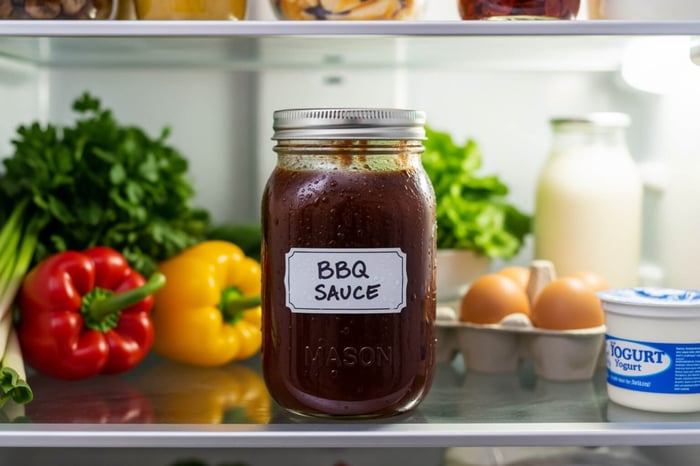
Your refrigerator is perfect for short-term storage. Always use clean, airtight containers - mason jars work beautifully because their tight seals prevent air exposure and keep flavors fresh. The shelf life depends on your ingredients. Fruit-based sauces like that cherry balsamic creation should be enjoyed within a week of making. FACT: Homemade Cherry Balsamic Barbecue Sauce should be used within 1 week when stored in the fridge. Source: The Stay at Home Chef, "Cherry Balsamic Barbecue Sauce" Recipe Basic sweet and tangy BBQ sauces typically last up to two weeks in the fridge, thanks to the preserving power of vinegar and sugar.
For longer storage, your freezer becomes your best friend. Cool your sauce completely in the refrigerator first, then transfer to freezer-safe containers. Remove as much air as possible to prevent freezer burn - nobody wants ice crystals in their beautiful sauce. The good news is that most fruit-based sauces freeze beautifully. FACT: Homemade Peach BBQ sauce can be frozen for up to 6 months to a year. Source: University of Georgia, National Center for Home Food Preservation When you're ready to use it, just thaw overnight in the fridge or gently reheat on the stovetop.
With proper storage, you'll always have a supply of your favorite sweet and tangy creations ready to transform ordinary meals into something extraordinary. Ready to explore more delicious possibilities? Check out our Recipe Library for various sweet and tangy recipes. You can also find the full range of The Olive Tap's Gourmet Specialty Foods to take your culinary trips even further.

